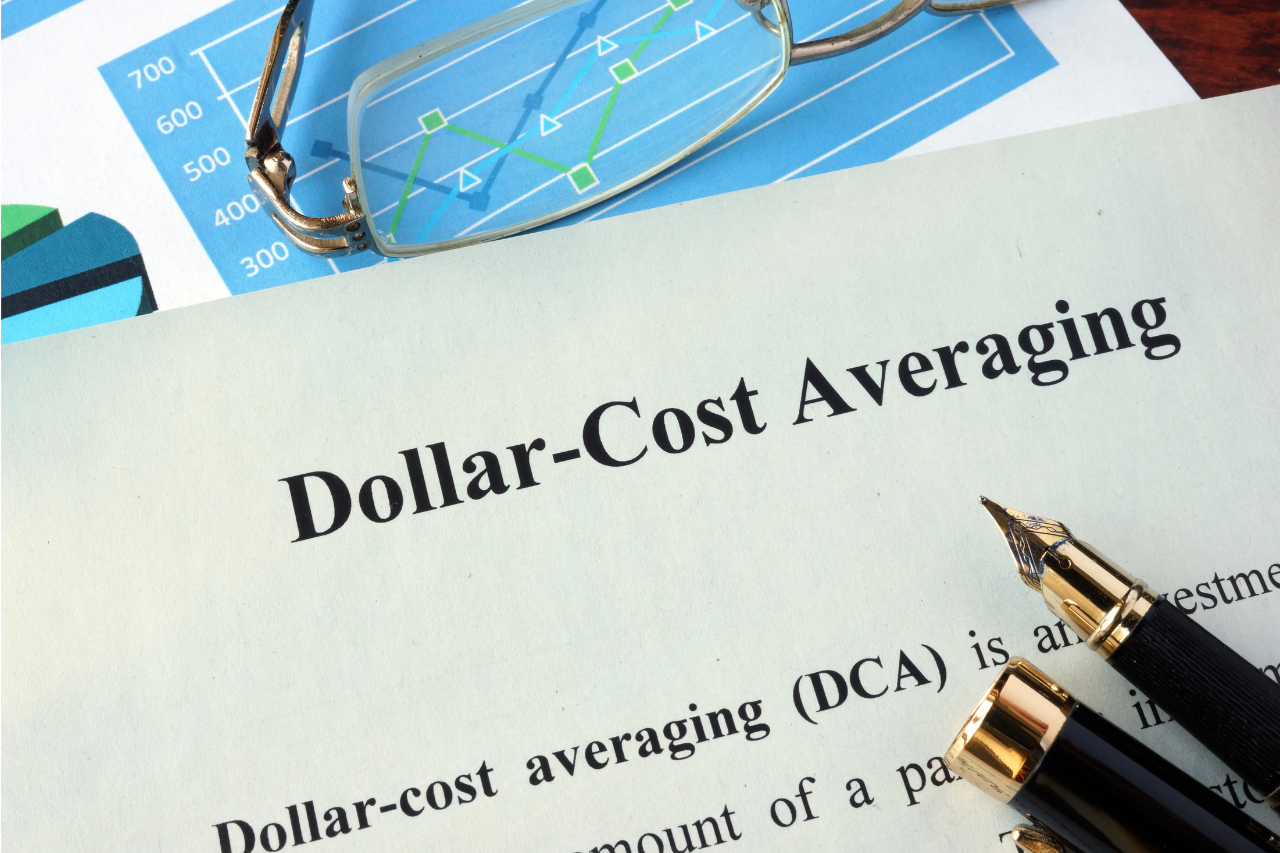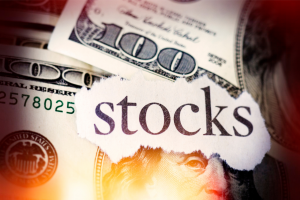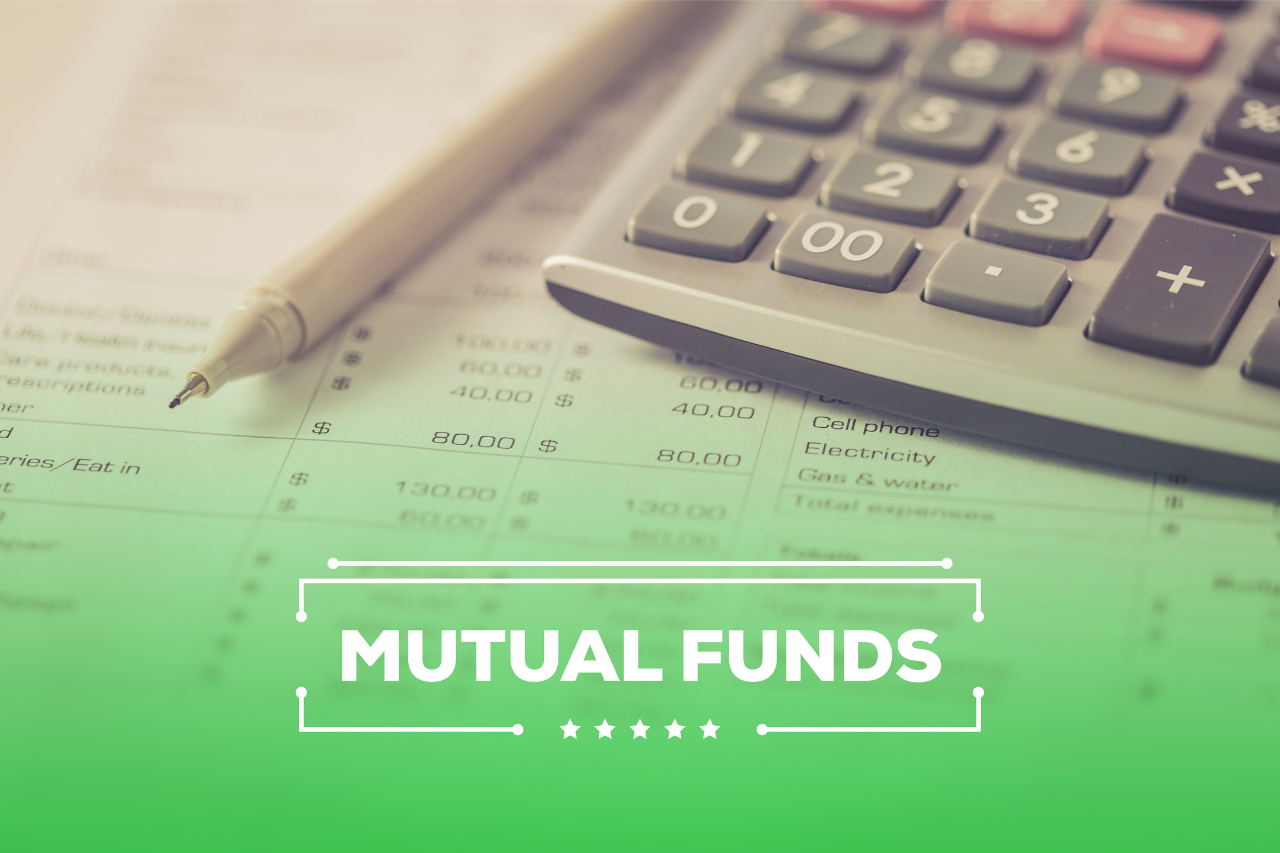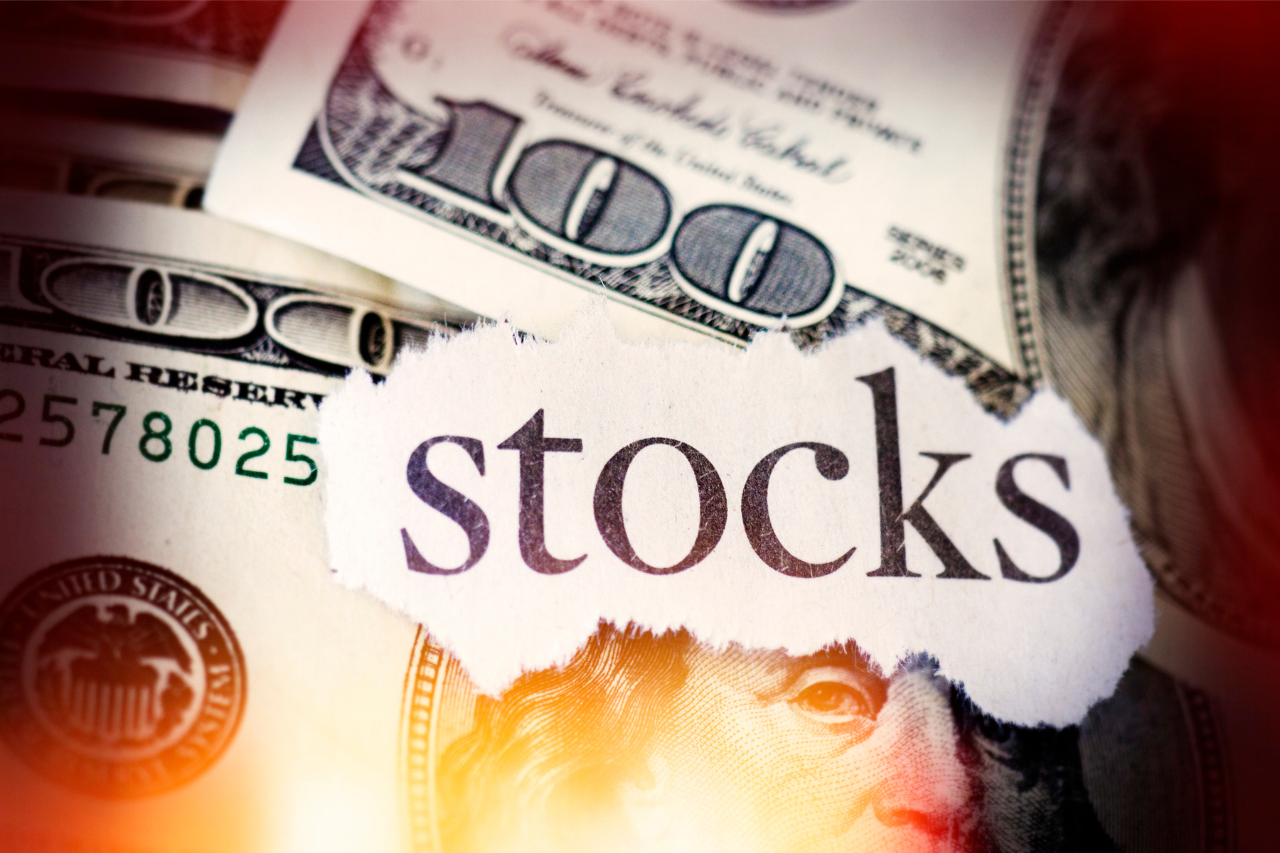
Building Wealth: Mutual Funds vs ETFs
Share: Optimize your strategy by comparing Mutual Funds and Exchange-Traded Funds. Deciding whether to buy an ETF or a mutual fund can be a tough

Dollar-cost averaging is an investing technique in which an investor purchases a fixed dollar amount of a particular investment on a regular schedule, regardless of the share price. The idea is to reduce the impact of market volatility on the overall investment portfolio.
For example, let’s say you wanted to invest $1,000 in ABC Corporation stock. You could purchase 10 shares at $100 per share, or 100 shares at $10 per share. dollar cost averaging would dictate that you purchase 10 shares every month for 10 months, regardless of the share price.
Dollar-cost averaging can be used with any type of investment, including stocks, bonds, mutual funds, and ETFs.
– It takes the emotion out of investing: When markets are volatile, it can be tough to stick to your investment plan. Dollar cost averaging can help take the emotion out of investing by forcing you to stick to a regular schedule.
– It dollar cost averages your investment: By buying a fixed dollar amount of an investment on a regular schedule, dollar cost averaging smooths out the effects of market volatility. Rather than investing a lump sum all at once and being subject to the ups and downs of the market, dollar cost averaging allows you to slowly build up your position over time.
– It can lower your overall cost: If you’re dollar cost averaging into a stock that is declining in price, you’ll be able to buy more shares for the same dollar amount. This means that, over time, dollar cost averaging can lower your overall cost basis.
– It can take a long time to dollar cost average into a position: If you’re dollar cost averaging into a stock that is declining in price, it can take a long time to dollar cost average into a position. This can be frustrating for investors who want to take advantage of market opportunities as they arise.
– It dollar cost averages your returns: By dollar cost averaging into a stock, you’re effectively dollar cost averaging your returns. This means that, if the stock price rises, you’ll miss out on potential gains.
– It can dollar cost average your losses: If the stock price falls, you’ll continue to purchase shares at the lower price. This can dollar cost average your losses and potentially compound them.
Dollar-cost averaging is a personal decision and there’s no right or wrong answer as to whether or not it’s the best strategy for you. Ultimately, you’ll need to decide what makes the most sense for your individual investment goals and objectives.
Dollar-cost averaging can be a helpful tool for investors who are:
– Trying to take the emotion out of investing: If you find it difficult to stick to your investment plan when markets are volatile, dollar cost averaging may help you stay on track.
– dollar cost averaging their investment: By dollar cost averaging into an investment, you can slowly build up your position over time. This can dollar cost average your investment and help reduce the effects of market volatility.
– dollar cost averaging their returns: By dollar cost averaging into a stock, you’re effectively dollar cost averaging your returns. This means that, if the stock price rises, you’ll miss out on potential gains.
There’s no right or wrong answer when it comes to how often you should dollar cost average into an investment. Some investors dollar cost average on a monthly basis, while others do it quarterly or annually. Ultimately, you’ll need to decide what makes the most sense for your individual investment goals and objectives.
Some investors use dollar cost averaging because they believe it’s a more disciplined approach to investing. By dollar cost averaging into an investment, they’re able to slowly build up their position over time and avoid making impulsive decisions.
Other investors use dollar cost averaging because they’re dollar cost averaging their returns. By dollar cost averaging into a stock, they’re effectively dollar cost averaging their returns. This means that, if the stock price rises, they’ll miss out on potential gains.
Still, other investors use dollar cost averaging because they’re trying to take the emotion out of investing. The dollar cost average into an investment on a regular basis and resist the urge to sell when markets are volatile.
Dollar-cost averaging is a personal decision and there’s no right or wrong answer as to whether or not it’s the best strategy for you. Ultimately, you’ll need to decide what makes the most sense for your individual investment goals and objectives. If you’re dollar cost averaging into an investment, be aware of the potential risks and rewards before making a decision.

Share: Optimize your strategy by comparing Mutual Funds and Exchange-Traded Funds. Deciding whether to buy an ETF or a mutual fund can be a tough

Share: Facebook Twitter Pinterest LinkedIn What Are Stocks? A stock is a type of security that signifies ownership in a corporation and represents a claim

Share: Facebook Twitter Pinterest LinkedIn Are you looking for ways to grow your wealth safely? Are you looking for wealth building investments that can help

Share: Facebook Twitter Pinterest LinkedIn If you’re in your 20s, you may be thinking about how to start investing. It’s important to begin saving and
No spam, great information to grow your Money!

Share: Optimize your strategy by comparing Mutual Funds and Exchange-Traded Funds. Deciding whether to buy an ETF or a mutual fund can be a tough

Share: Facebook Twitter Pinterest LinkedIn What Are Stocks? A stock is a type of security that signifies ownership in a corporation and represents a claim

Share: Facebook Twitter Pinterest LinkedIn Are you looking for ways to grow your wealth safely? Are you looking for wealth building investments that can help

Share: Facebook Twitter Pinterest LinkedIn What Is Dollar-Cost Averaging? Dollar-cost averaging is an investing technique in which an investor purchases a fixed dollar amount of

Share: Facebook Twitter Pinterest LinkedIn If you’re in your 20s, you may be thinking about how to start investing. It’s important to begin saving and

Share: Investing can be very confusing and intimidating for beginners, especially when it comes to knowing what type of investment is right for you and

Share: Economic Depression Definition Economic depression is a severe and prolonged downturn in economic activity. In the United States, it is generally considered to be

Share: Most American fall short when it comes to saving for retirement, if you’re ready to start a retirement plan but don’t know where to begin, this guide